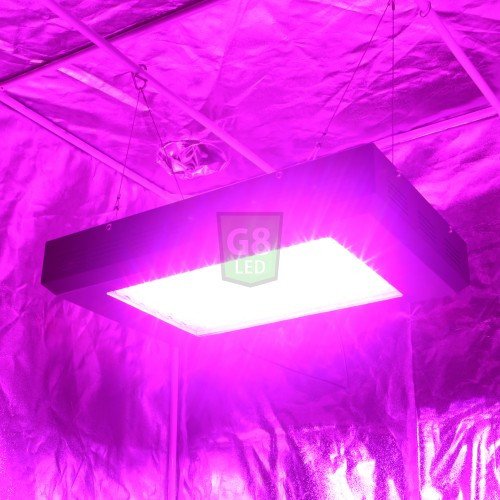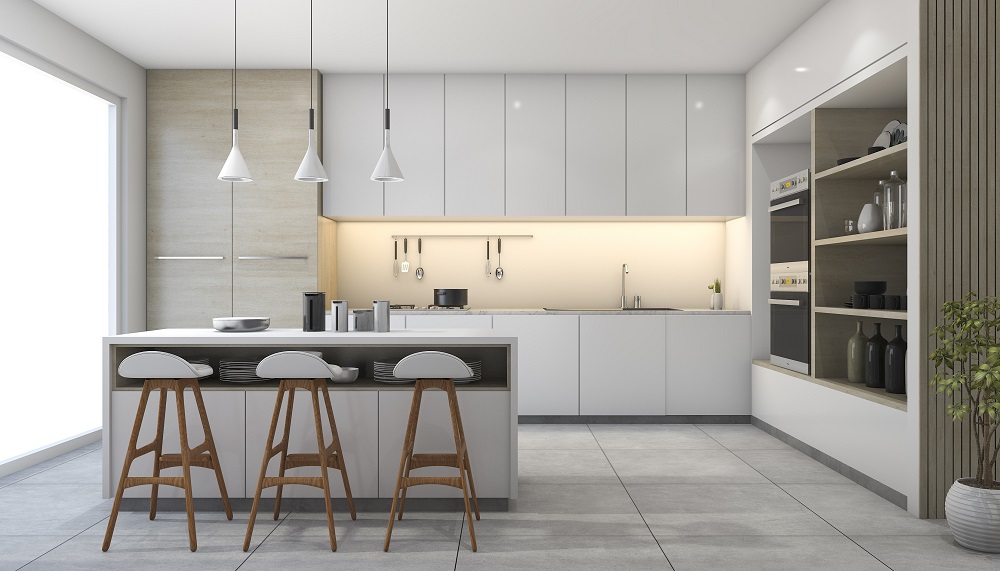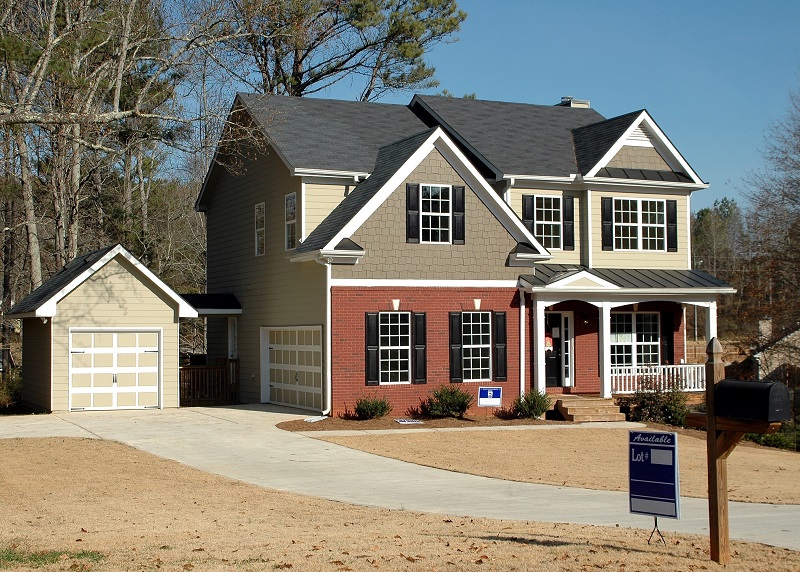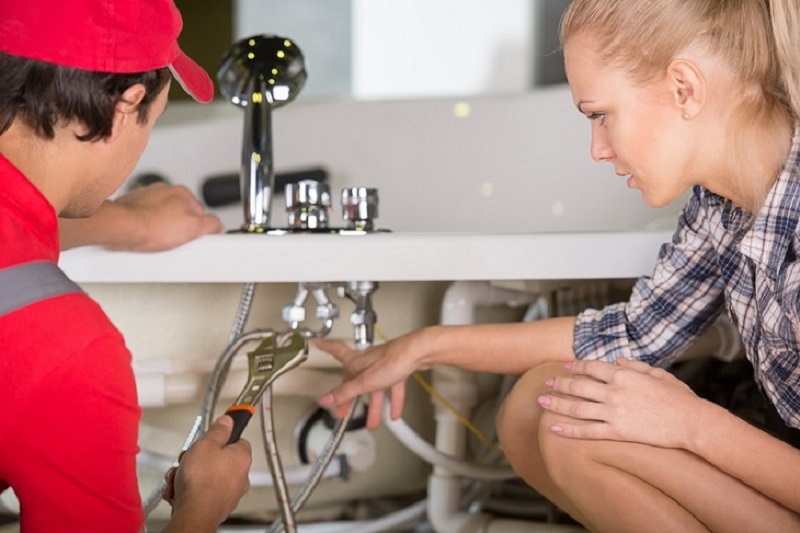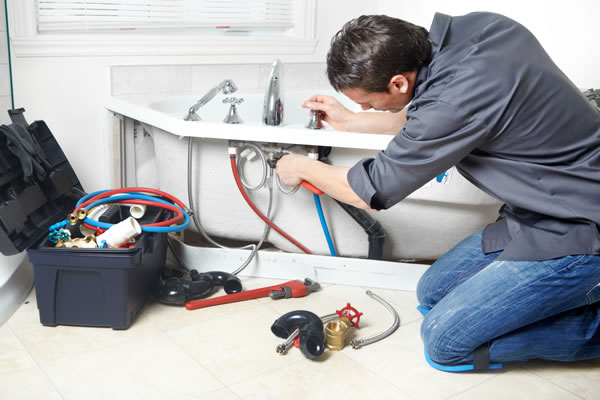Invasive and non-invasive insects are infamous for taking away millions of dollars of crop each year from growers due to crop damage. It is nothing new, plants that grow in indoor facilities are at an exponentially higher risk of insect related damages because they do not have exposure to rain, which helps to wash insects along with their excretions and secretions, away from the vegetation area. In addition, insects that invade grow facilities not only find enough food but also discover a safer environment that is clear from their natural predators.
For decades, some growers successfully grow healthy and high yielding crops without the need of pest management and use of chemicals. It is a fact that even if you consider using pesticides on your crops, the insects will soon develop immunity to the pesticides. Fortunately, new discoveries have lead to a cost-effective and efficient means of controlling insects as well molds with LED grow lights.
Light Matters
Most pests like mites prefer dry and warm conditions, which are common in indoor vegetative gardens. To tackle such pests using LEDs works like a natural remedy to reduce the infestation. The reduction in the number of insects comes down to one factor, the attraction of insects to a certain wavelength of light. Recent research held by experts in this niche demonstrates that LEDs with blue wavelengths have the power to decrease the production of eggs and survivorship qualities of insects. Today, there is mounting evidence that suggests LED blue, violet and ultraviolet wavelengths have the power to inhibit multiplication of insects.
Sometimes, light that radiates intense heat, such as HPS lamps, dries out the environment and acts as a catalyst for the increase in a number of insects. However, LED lights do not generate excessive heat to dry out the environment of plants. The combination of their wavelength and low heat capacity gives rise to LED lights becoming an important part for growers in indoor gardening ventures.
Blue LED Grow Light Spectrums Target Mold and Pests
If you notice signs of insects such as fine webs on the leaves of indoor plants, chances are spider mites have taken over your grow room. There are many common types of pests that could feed on your indoor plants, including the hated spider mites, fruit flies, gnats, beetles, and whiteflies. When such insects come under blue light with wavelengths between the range of 417 nm to 467 nm in their pupae, larvae, or egg stage, their growth is hindered and they have a difficult time to reach adulthood.
This occurs because the blue light spectrum causes the cells of the young insects to produce more ROS (Reactive Oxygen Species) that leads to their cellular death. This exact mechanism targets and kills molds that attack indoor tomatoes and other fruits. Fortunately, when plants come under blue grow lights, they increase their production of antioxidants that in return, neutralize ROS. In addition, light in this spectrum enhances photosynthesis, which causes an increase in the surface area of the plant leaves and overall biomass of the plant. This indicates that the plant is healthy and likely to be immune to attacks by mildew and mold. Using LED grow lights to protect plants from destructive molds, mildews and insects not only protects your plants but also keeps you away from toxic insecticides.
A Predatory Insect Program Will Help Support the Effects of LEDs
LED lights work their wonders on insects, but when their population is initially out of control, you can think about incorporating a predatory program. Ladybugs can be introduced into the growing area to start eating away at pests. For spider mites, you can release phytoseiulus on planned schedules. These help to reduce and in most cases, eliminate the outbreak of mites greatly. Such insects hunt for mites and eat away their larvae. They are a great addition to pest control programs.
Maintain a Clean Grow Space
Once you have things under control with your LED grow lights, the next thing you have to pay attention to is the cleanliness of your grow mediums, especially with hydroponics. Ensure that you keep your grow space, tools and reservoir clean.
Along with keeping mold and insects away, installing LED lights in indoor-grow spaces cuts down power costs by 60%. They help to maintain a steady temperature for plants and allow growers to use specific wavelengths to target precise growing stages of plants. Save time, money, and prevent losses by installing Dorm Grow LED grow lights in your indoor gardens today!
What do you think?
Advertisement


